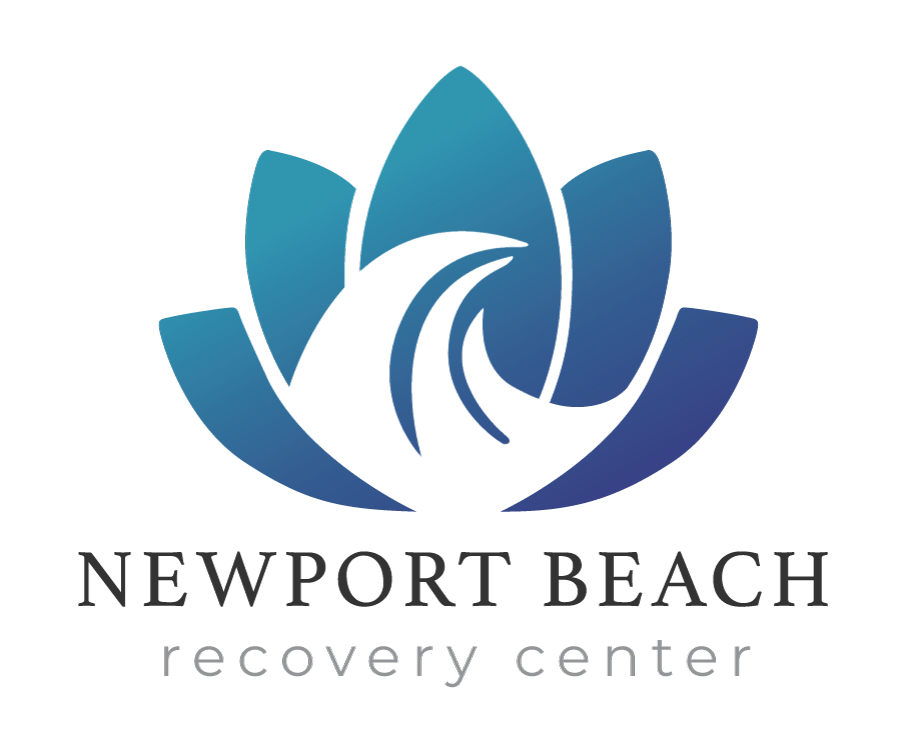Eating disorders and substance abuse are a common phenomenon that co-exists and fuel each other. The occurrence of these two issues is significant among young women in particular. Several risk factors may predispose certain people to develop these two disorders and some of those risk factors are genetic. However, several variables must be considered that may cover everything from social issues, self-esteem and family history.
Risk Factors
Both substance abuse and eating disorders have shared risk factors that should be looked at. Wide and varied factors play a role in the prevalence of this disorder. Research has linked both of these disorders to brain chemistry and family history. Other shared characteristics or risk factors include low self-esteem, depression, anxiety, and social pressures. These are all common experiences for young people and teens. These are also factors that may coincide with suicidal thoughts, compulsive behavior, and social isolation. The predisposition for these disorders is more prevalent among young women and girls.
The Mechanics and Co-occurrence of Both Disorders
As females enter puberty body image issues often emerge. These issues often cause young girls to do things to alter their body image in unhealthy ways. This often shows up in the form of either anorexia or bulimia. These are the two most common eating disorders that often coincide with substance abuse. The predisposition to developing these disorders is greatly increased based on family history and other issues like low-self-esteem. These disorders are often further compounded by a family history of struggle with these two disorders and social pressures that are part of growing up. In fact, most p[eople that struggle with eating disorders are fifty percent more likely to engage in substance abuse. Conversely, thirty-five percent of individuals that have substance abuse problems either struggle or have struggled with eating disorders. Both of these statistics reveal that people who suffer from substance abuse issues and eating disorders have a much higher tendency towards these disorders than the general population.
The Symbiosis Between Anorexia and Bulimia and Substance Abuse
Anorexia and Bulimia are the two most common eating disorders linked to female substance abuse. An even more revealing look uncovers a link between these two disorders and the abuse of specific substances. it is not uncommon for an eating disorder to develop followed by a substance abuse problem. This is easily explained by noticing the prevalence of eating disorder followed by the abuse of substances like emetics, laxatives, and diuretics. The desire to control body image often leads a person to abuse these types of substances as a way of gaining greater control. However, there are circumstances where substance abuse and eating disorders may begin at the same time and the substance may have little to do with the eating disorder. Instead, the substance may be a coping mechanism used to drown out unpleasant feelings. In situations like these, people who struggle with both of these disorders often choose alcohol, amphetamines, heroin, and cocaine.
A Move Toward Treatment and Healing
As with any issue, early intervention is always preferred. Even though this doesn’t always happen, it’s still possible to overcome both of these disorders. However, dealing with both of these issues does require treatment that will effectively address both at the same time. This is why Women Addiction treatment must include a plan that focuses on both disorders and the way these two disorders co-exist. This can be tricky because most treatment centers that deal with eating disorders have programs to help with OTC drug abuse but few adequately handle or address medical detoxification. Often this is a need for many patients as well. Fortunately, the link between these two disorders has gained a lot more awareness and many treatment centers are moving towards programs designed to adequately treat these two disorders.
Although many people of all ages struggle with both eating disorders and substance abuse issues, these two disorders are more prevalent among young women and girls. Addressing these issues in an effective way requires an in-depth understanding or all the risk factors and how they come together when both of these disorders are present. Effective treatment is dependent on a focus that doesn’t rest on one disorder but explores both independently and collectively. Contact us today for further help!
